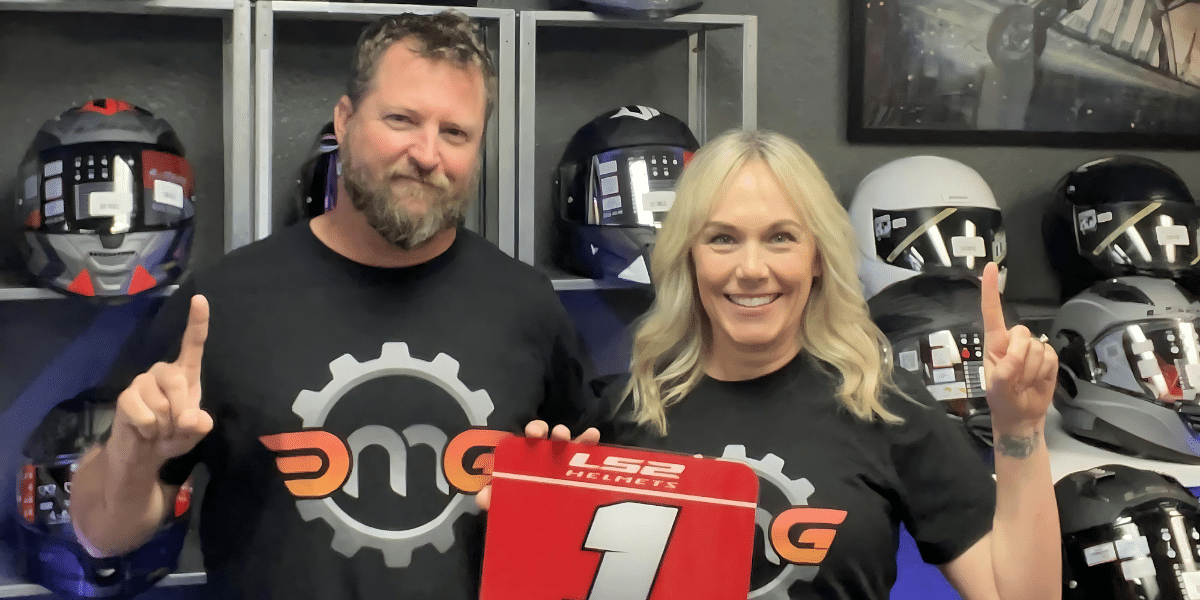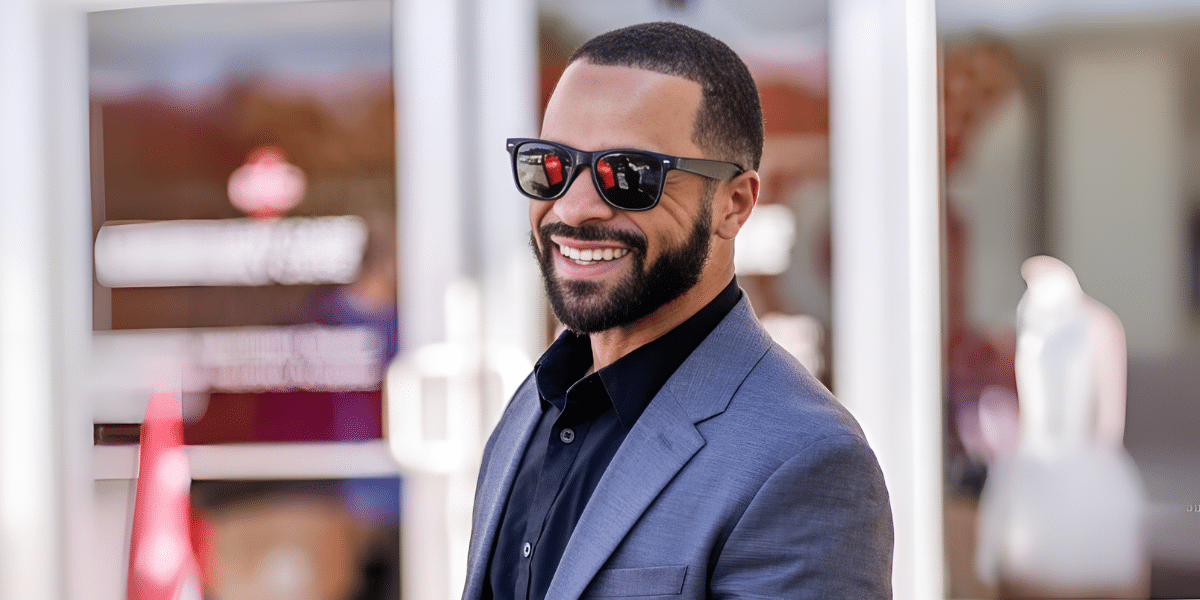“The knowledge economy is now worth over half a trillion dollars a year,” says AdClients founder Jon Penberthy, whose online coaching empire now turns over a 7-figure income. “That means every year, people like you and me are paying somebody else, not for something tangible, or something we can hold, but for an exchange of knowledge.”
Penberthy’s enthusiastic embrace of positive thinking helps dispel doubts that arise from old-school credentialism and pigeon-holing. “Nowadays you only need to be one step ahead of someone else for them to be willing to hand back some money to learn from you,” says the successful how-to coach.
Five steps to creating your online business
Fundamental to any business plan is deciding on what kind of product you are going to offer the online marketplace. Jon Penberthy cites a range of hypotheticals from relationship counselling to pet care, and lands on a ubiquitous internet offering: personal health and fitness.
“Let’s say you have a personal trainer certificate, but you have figured out a specific nutrition and exercise regime that works,” he says. “There are people out there who want to look how you look and are willing to pay you for your knowledge … the opportunities are endless – you just have to ask yourself what you know that is a little bit more than those around you. That’s the starting point for your own training program.”
The second step is packaging your training for the internet, and the easiest way is making a series of recorded videos, says Penberthy, which begs the question: how much should you teach in your initial video, and in what order should you teach it?
“My top tip for you is to find friends and family who have been asking you about your topic and wish to learn more about it. Select a couple of willing volunteers and offer to teach them over several weeks for free, during which time (and with diligent notetaking about what’s working and what isn’t) the teaching process will reveal itself,” Penberthy says.
Building Your Sales Funnel
Next, build a sales funnel. “The sales funnel is a concept that relates to how you are going to sell your program,” says Penberthy. “You need to warm people up and educate them a little bit about why they want to buy your program, and the sales funnel is a series of pages that leads to someone progressing from being a complete stranger to a ready-to-buy hot prospect by not overloading them with too much information in one go.”
Eyeballs

Photo Credited to Jon Penberthy
Having grasped the initial steps to setting up your online coaching or course, you need to find a way to attract people to your funnel … otherwise known as the “eyeball” factor. “Getting eyes on your site brings into play content creation and whether to use organic (i.e., unpaid) traffic through the various social media portals, or (if you can afford it) paid traffic,” he says.
“With organic traffic, you’re going to be on social media platforms producing content in an attempt to build an audience you think might like your topic,” Penberthy says. “But if you’re in a position to invest some money, paid advertising – I would recommend YouTube – is the best place to start because you’re getting instant traffic, and not relying on a hit-or-miss strategy that comes with organic posts.”
Having established your advertising platform, the fifth step is to continually improve and tweak your course to make it more concise, message-rich, and easier for potential customers to internalize what you are offering.
“This is not just to feel good about what you’ve got, it’s to increase conversions. The better your campaign is, the more referrals you’ll gain from your customers recommending your program to other people. The better your program, the more you’ll be able to charge for the service you provide.”
Scaling Up
Having refined your online advertising protocols and evolved your course/coaching development track, the next step is scaling up, which Penberthy says, might initially involve what he calls “the pop-up offer”, or one-to-one coaching that can have you selling your course in 48 hours or less.
“This is a time-intensive phase of your business, but an important step in growing your enterprise with people who will play an important part in not only paying for your knowledge but recommending your course/s to a wider audience,” Penberthy says. “But the catch here is that you only have so much time, so you need to find a way to leverage it.”
The jewel in the online course crown is to combine the elements of “low ticket” (mass appeal) course content with the concept of “high ticket” one-to-one training. “I take the stand-alone low-ticket coaching and wrap it around the one-on-ones to create the concept of “high-ticket” group coaching, which is a limited-subscriber webinar-based training pitched at high-end clients who are willing to pay a premium to overcome their seeming lack of success in the online marketplace,” Penberthy says.
In doing so, he adds, you not only leverage your time spent in the business space and free up time and energy for your friends and loved ones but increase a four- or five-figure monthly income stream to an annual income of six to seven figures.






